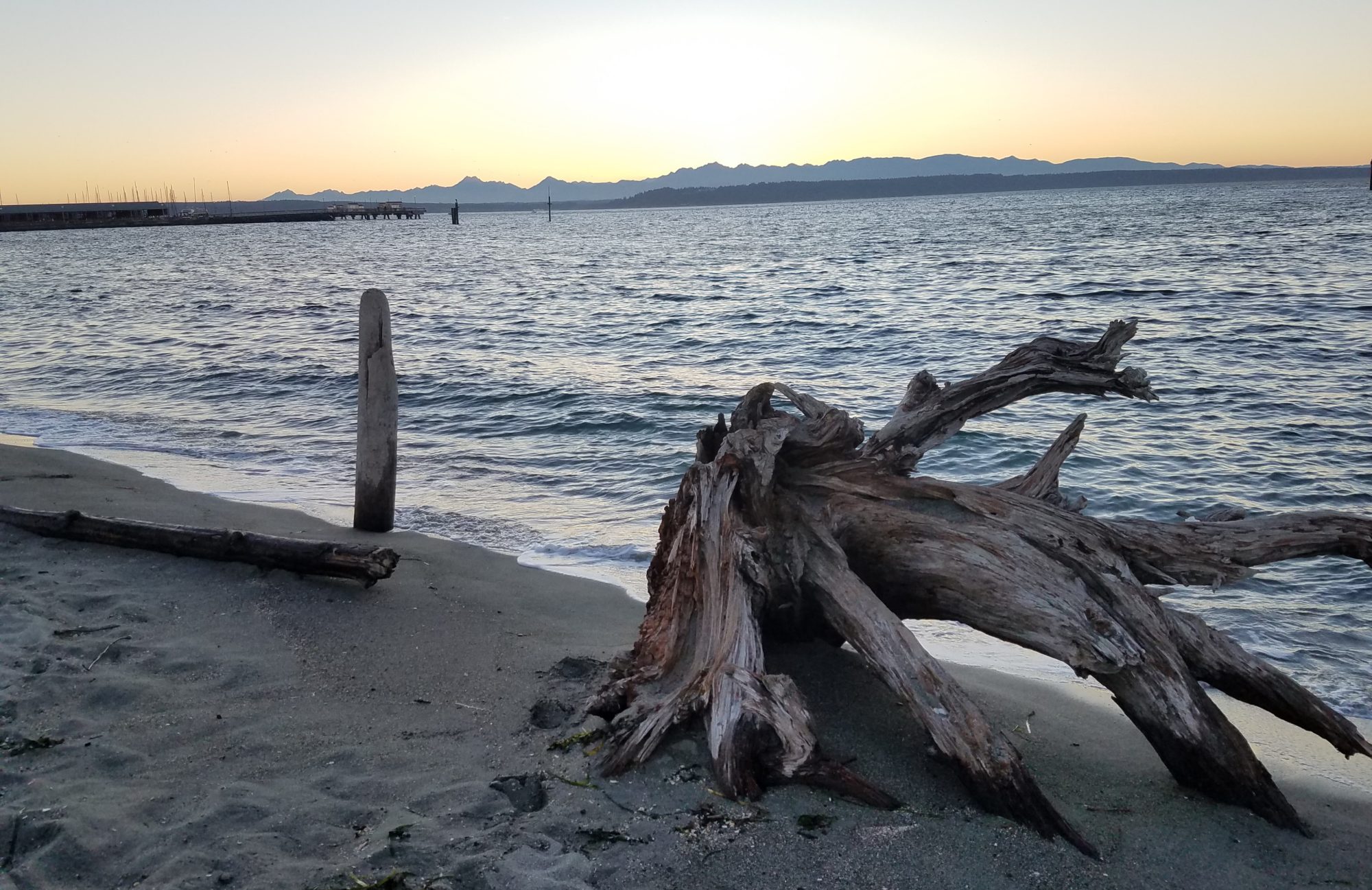
In my life these days, I am feeling a call to pause. To acknowledge change. To grieve loss. To celebrate new blossoms. To appreciate beauty.
From the micro level of my own body, through the spiritual and activist communities I participate with, to the macro level of the planet and all its beings, human and more than human – I am sensing a deep need to pause, breathe, reflect, and emerge refreshed.
These quotes from Fr. Richard Rohr’s Daily Meditation blog say it well –
“We will normally do anything to keep the old thing from falling apart, yet this is when we need patience and guidance, and the freedom to let go instead of tightening our controls and certitudes.” —Richard Rohr
“Perhaps you can look at this world in transition and dare to echo God in Genesis: behold, it is good … it is very good. Perhaps you can see transition as an essential part of that goodness that is better than perfection.” —Brian McLaren
“Liminality is a form of holding the tension between one space and another. It is in these transitional moments of our lives that authentic transformation can happen. Otherwise, it is just business as usual and an eternally boring, status quo existence.” —Richard Rohr
“Transitions can only take place if we are willing to let go of what we have known, the worlds we have created, and our assumptions about “how things are.” To let go is the precursor to being reborn.” —Barbara A. Holmes
They then offer the following practice which is one I try to do often and recommend.
Holy Pausing
Artist and retreat leader Christine Valters Paintner suggests the ancient monastic practice of statio as a way to remind ourselves of the holiness of transitions:
In the monastic tradition, statio is the practice of stopping one thing before beginning another. It is the acknowledgment that in the space of transition and threshold is a sacred dimension, a holy pause full of possibility. This place between is a place of stillness, where we let go of what came before and prepare ourselves to enter fully into what comes next.
When we pause between activities or spaces or moments in our days, we open ourselves to the possibility of discovering a new kind of presence to the darkness of in-between times. When we rush from one thing to another, we skim over the surface of life, losing the sacred attentiveness that brings forth revelations in the most ordinary of moments.
Statio calls us to a sense of reverence for slowness, for mindfulness, and for the fertile dark spaces between our goals where we can pause and center ourselves, and listen. We can open up a space within for God to work. We can become fully conscious of what we are about to do rather than mindlessly completing another task.
Paintner reminds us that thresholds, physical places of transition, are ubiquitous in our everyday lives, and that we can use them for our spiritual practice:
In the days ahead, become aware of all the times you cross a threshold. This might be moving from one space to another—entering through a doorway, transitioning from one activity to the next, or tending the thresholds of the day, especially at dawn and dusk. Pause at each and offer a short blessing, simply becoming aware of the possibilities alive in the moment. See if the threshold helps call forth the thinness of this moment, making the voice of the divine more accessible.
Christine Valters Paintner, The Soul’s Slow Ripening: 12 Celtic Practices for Seeking the Sacred (Notre Dame, IN: Sorin Books, 2018), 9, 8.
